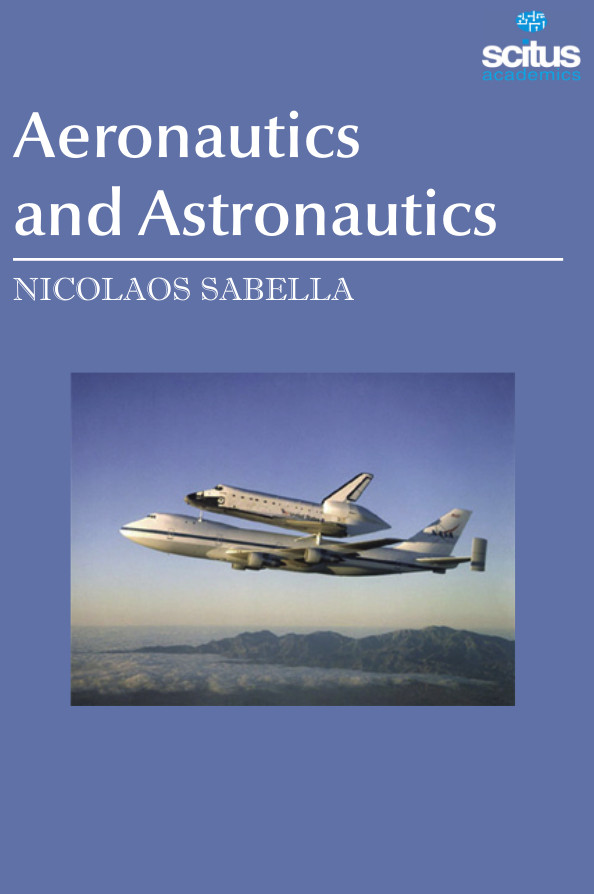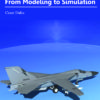Aerospace engineering is the primary field of engineering concerned with the development of aircraft and spacecraft. It is divided into two major and overlapping branches: aeronautical engineering and astronautical engineering. Aeronautics is the study of the science of flight. Aeronautics is the method of designing an airplane or other flying machine. Astronautics is often referred to as astronomical engineering. It is the science and technology of space flight and is a field of aerospace engineering that deals with machinery designed to work beyond the Earth’s atmosphere. Astronautics works by applying scientific principles as well as engineering techniques to aviation technology. There are four basic areas that aeronautical engineers must understand in order to be able to design planes. To design a plane, engineers must understand all of these elements. Aeronautical engineers apply principles and concepts of engineering to create new aircraft containing the most current and sophisticated technologies. Airplanes, gliders and helicopters all stay to the principles within the flight science called aeronautics. These include physics concepts like Newton’s laws of motion; aerodynamics, the motion of air; and Bernoulli’s principle of lift. Aeronautical engineering is the design and construction of airplanes and other aircraft that fly within the atmosphere. Aerospace engineering encompasses aeronautics as well as the design and construction of spacecraft. Aeronautical engineering and aerospace engineering degree programs typically contain many of the same courses. Principles and theories that are common to aeronautical engineering are also applied in the construction of buildings and evaluation of the performance of space vehicles within the earth’s atmosphere. This book entitled Aeronautics and Astronautics encompasses the study, design, and manufacture of airplanes or other aviation vehicles. It also focuses on the theory and practice of navigation beyond Earth’s atmosphere.













